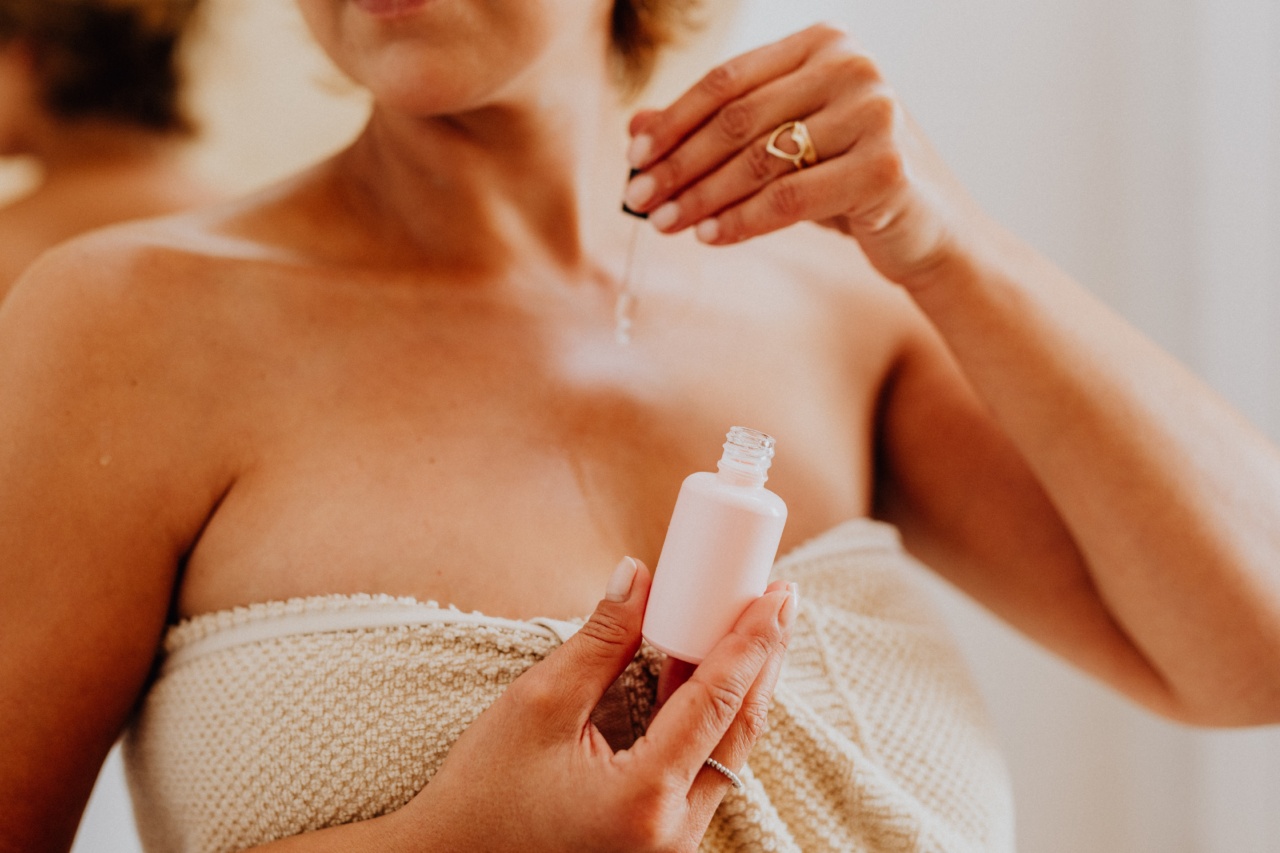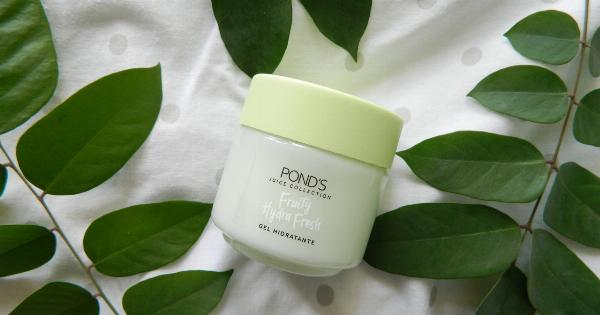Having oily skin can be a constant struggle for many individuals. Excess oil production can lead to a shiny and greasy complexion, clogged pores, acne breakouts, and an overall lack of balance in the skin’s natural moisture levels.
It is important to understand the causes of excess oil and how to effectively remove it to maintain healthy and clear skin.
The Root Causes of Excess Oil Production
Several factors contribute to the overproduction of oil in the skin:.
1. Genetics
Genetics play a significant role in determining skin type. People with naturally oily skin have larger sebaceous glands, which produce more oil than those with dry or normal skin.
If oily skin runs in your family, you may be more prone to excess oil production.
2. Hormonal Changes
Hormonal fluctuations, particularly during puberty, menstruation, pregnancy, or menopause, can stimulate oil glands to produce more sebum. This hormonal imbalance often leads to increased oiliness and acne breakouts.
3. Environmental Factors
Humidity, hot weather, and exposure to certain pollutants can stimulate the sebaceous glands to produce more oil.
Additionally, overuse of harsh skincare products or living in areas with hard water can strip the skin of its natural oils, causing the sebaceous glands to compensate by producing more oil.
4. Overwashing or Harsh Cleansing
Ironically, over-cleansing or using harsh cleansers to remove excess oil can disrupt the skin’s moisture barrier and stimulate even more oil production as a protective mechanism.
Stripping the skin of its natural oils can lead to a vicious cycle of oiliness.
Methods to Effectively Remove Excess Oil
While it may seem challenging to manage oily skin, there are several effective methods to remove excess oil and restore balance to the skin:.
1. Cleanse Gently, but Thoroughly
Start by choosing a gentle cleanser specifically formulated for oily skin. Look for ingredients like salicylic acid, tea tree oil, or witch hazel, which help regulate oil production and unclog pores.
Use lukewarm water to wash your face, avoiding hot water that can strip away too much oil.
2. Exfoliate Regularly
Exfoliation plays a crucial role in removing dead skin cells and excess oil from the skin’s surface.
Use a gentle exfoliant with ingredients like alpha-hydroxy acids (AHAs) or beta-hydroxy acids (BHAs) that can penetrate the pores and dissolve sebum. However, avoid over-exfoliating, as it can cause irritation and trigger more oil production.
3. Use Oil-Free and Non-Comedogenic Products
Opt for oil-free and non-comedogenic skincare products, including moisturizers, sunscreens, and makeup. These products are specifically designed not to clog pores or exacerbate oiliness.
Additionally, look for mattifying products that help control shine throughout the day.
4. Try Clay Masks
Clay masks are excellent for absorbing excess oil and impurities from the skin. Look for masks containing clay minerals like bentonite or kaolin.
Applying a clay mask once or twice a week can help regulate oil production and keep your skin’s texture smooth and balanced.
5. Invest in Oil-Control Primers
Oil-control primers create a smooth base for makeup application while minimizing excess oil. These primers usually contain ingredients like silica or dimethicone, which help absorb and control oil throughout the day.
Applying a primer before makeup can keep your skin shine-free for longer.
6. Blotting Papers
Blotting papers are an on-the-go savior for oily skin. They effectively remove excess oil without disturbing makeup or stripping away moisture. Gently blot the oily areas of your face whenever necessary to maintain a fresh and matte appearance.
7. Avoid Touching Your Face
Constantly touching your face can transfer dirt, bacteria, and oil from your hands to your skin, leading to clogged pores and breakouts.
Resist the urge to touch your face throughout the day and make sure to wash your hands thoroughly before applying any products.
8. Maintain a Healthy Diet and Lifestyle
Eating a balanced diet rich in fruits, vegetables, and whole grains can help regulate oil production. Avoid excessive consumption of sugary and greasy foods, as they can worsen oiliness.
Additionally, managing stress levels and getting enough sleep can contribute to healthier skin.
9. Seek Professional Help
If you have consistently struggled with excessive oil production and frequent breakouts, consider consulting a dermatologist.
They can provide personalized recommendations, prescribe appropriate medication, or suggest advanced treatments such as chemical peels or light therapy.
10. Be Consistent with Your Skincare Routine
Consistency is key when managing oily skin. Stick to your chosen skincare routine and give it time to show results. It may take a few weeks for your skin to adjust and begin producing less oil.


























